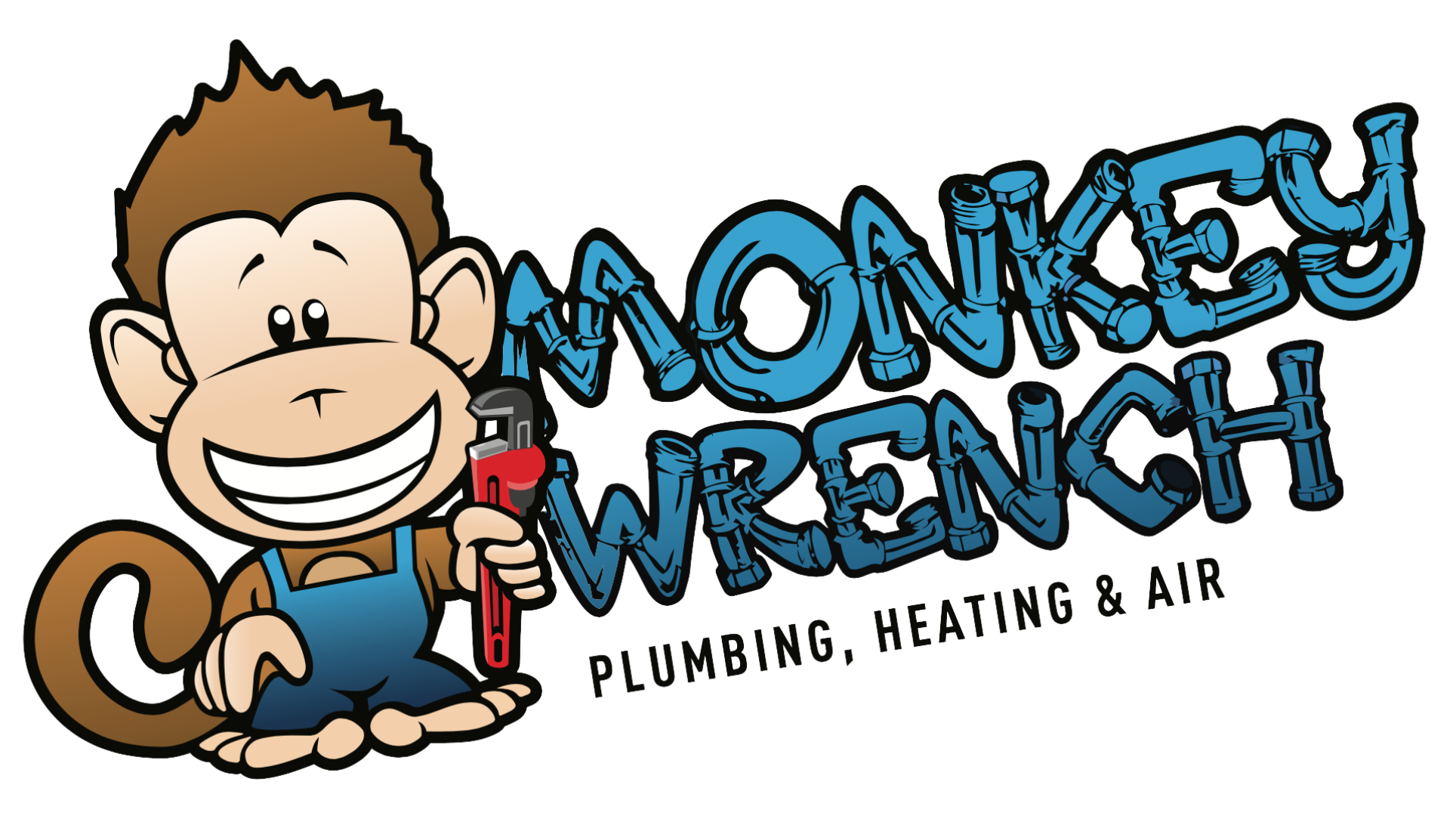Why Is My Heating System Not Pushing Out Hot Air?
When the winter season sets and temperatures begin to drop, homeowners rely on their heating systems to keep them warm. But when there’s a lack of hot air, people begin to wonder what may be causing it. Whole-house heating systems are designed to provide warmth, so what happens when they’re not pushing hot air?
A lack of hot air makes up many calls across the colder seasons throughout Los Angeles and the surrounding areas. Although there could be an endless number of reasons why your system isn’t blowing hot air, we’ve seen a few of these issues reoccur more than others.
Here are the top five reasons your heating system may not be blowing hot air.
- Restricted airflow or ventilation
- Issues with the thermostat
- Problems with the fuel supply
- Mechanical failures
- Mismeasured system design
These issues may seem broad, but in this article, we will review each one a little more in-depth so you can get a clearer understanding of why a heating system isn’t blowing hot air.
Let’s get started!
Why Don’t I Have Hot Air with My Heating System?
There could be a number of reasons why a whole-house heating system may not be blowing any hot air. The best way to identify what happened is by contacting a certified technician to perform a diagnostic test on the system’s lack of hot air.
Here are some common issues behind why there isn’t any hot air blowing, starting with ventilation and airflow restrictions.
Airflow or Ventilation Restrictions
When there’s an obstruction in the airflow and venting of a heating system, it may lead to a lack of hot air circulation. All heating systems need suitable ventilation and airflow access to ensure hot air is blown evenly throughout a home. Without proper ventilation, heating systems can’t efficiently distribute heat.
Dust accumulation and dirty filters can obstruct the venting within a heating system. Through an annual tune-up, homeowners can have their air filters replaced and any dust and debris cleaned out of their vents so their systems can continue to blow hot air. It’s recommended to replace air filters every three months, according to heating, cooling, and air conditioning (HVAC) technicians.
Airflow and venting can also be affected by damaged or clogged ductwork. Leaks in ductwork caused by rodents or other factors can prevent hot air from being released into the home. Dirt and debris can clog up ducts, preventing them from allowing hot air to travel efficiently.
Without a technician's assistance, most homeowners may have difficulty when there’s an issue with the airflow and venting of a heating system. One component that is visible to all homeowners is the thermostat, which could be another factor causing a lack of hot air.
Thermostat Issues
When a thermostat is not working properly, it may prevent a heating system from kickstarting and blowing hot air. Thermostats help monitor the temperature inside a home to determine when the heating needs to run and when to turn it off.
If the sensor on a thermostat that reads room temperature is dirty, it can prevent the heating system from cycling on. Still, even after cleaning a thermostat, homeowners may notice that there’s a difference in temperature readings between the thermostat and the room. Since the thermostat detects that the room temperature is fine, even when it’s not, it may fail to turn the heating on.
Other reasons a thermostat isn’t working include bad thermostat location, faulty wiring, dying thermostat batteries, and more. Any one of these reasons could be the determining factor of why the heating system isn’t cycling on and blowing any hot air.
The thermostat and the entire heating system all require an adequate power supply to work.
Fuel and Power Supply Problems
Even if there aren’t any underlying issues with an entire heating system, a lack of electricity or gas means no power. And without any power, heating systems will not blow any hot air.
Some heating systems, like furnaces, rely on natural gas for heating. Whereas air-source heat pumps rely on electricity for heating power. Any electrical outages or issues with natural gas fuel lines will cut off any power to a heating system and render it unable to blow any hot air.
It’s highly advised to contact a certified technician who can inspect these fuel and power supply connections to diagnose a heating system not blowing any hot air. A professional technician can also determine if the power and fuel supply for an HVAC system is caused by any mechanical failures.
Mechanical Failures
If any of the components or parts that make up a heating system break down, then it can affect its ability to blow hot air. Pinpointing the exact part causing a lack of hot air can be difficult for most homeowners to do on their own without the help of a technician.
Here’s a look at some of the parts that make up a heating system.
- Capacitors
- Condensers
- Blower motor
- Heat exchangers
- Igniter
- Flame sensor
- Refrigerant (for heat pumps only)
If these parts are faulty, then they will break down and may prevent a heating system from blowing air. If a technician determines that these parts are defective, they may be covered under the manufacturer's warranty.
Warranty coverage helps provide homeowners with peace of mind. But some issues, such as incorrect heating system sizing, can void the warranty and may even cause a lack of hot air blowing.
Incorrect System or Design Sizing
Heating systems and their overall layout aren’t one-size-fits-all units for hot air. If the heating system is improperly installed or properly sized, it may affect its ability to blow hot air.
If the heating system is undersized, it will not be able to generate enough hot air for an entire home. If the system is oversized, not only will it produce higher energy bills, but it also may overheat and result in mechanical failure.
Every HVAC installation requires accurate measurements so a house can have an even flow of hot air blowing.
What to Do if There’s No Hot Air from Your Heating System?
Heating systems are complex and, as a result, can have numerous reasons as to why they may not blow hot air. By learning about the possible reasons why your specific heating system isn’t blowing hot air, you can confidently communicate and understand the factors affecting your heating system when a technician inspects it.
For over 15 years, we’ve diagnosed and inspected thousands of HVAC systems across Los Angeles to help homeowners resolve issues causing a lack of hot air. At Monkey Wrench, Plumbing, Heating & Air, we understand the importance of hot air availability in homes when the temperature drops.
If you’re experiencing issues with your HVAC system, contact us using one of the buttons below. You can also book an appointment through our online HVAC repair scheduler.
To help prepare you for a technician visit, check out this article on how much HVAC repair costs.




